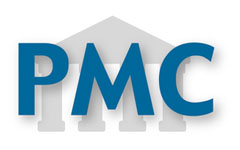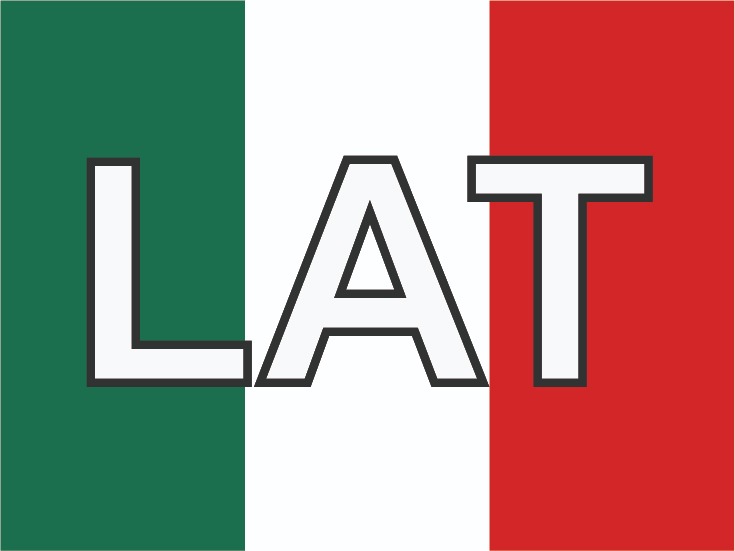Current status of the programs for detection of hearing loss in children younger than six months in Cali
Abstract
Background: Data is scarce in Colombia when dealing with the current circumstances of programs for detecting hearing loss in children younger than six months and, therefore, statistical data is limited on congenital or earlyacquired deafness. Studies have been conducted in the country on detection and prevention of hearing problems in the healthcare institutions in Antioquia, Quindío, Cauca, Valle, and Risaralda. All these studies were carried out between 1993 and 1995 and included children older than one year of age, which shows evidence of the lack of knowledge about the importance of early detection in the hearing-communicative health of children.
Objective: To identify the current procedures and protocols to detect hearing loss in children younger than six months in Cali through a descriptive research in different healthcare institutions of the city.
Methods: A descriptive study was carried out with a population of 722 private, public and/or mixed Health Service Providing Institutions from the city of Cali, registered in the database of the Department of Health of Valle del Cauca, Colombia in February 2007. A list was filled out to determine which of these institutions had services like delivery room and/or growth-development programs and/or audiology services and it was found that these aspects were met in 151 institutions that constituted the research sample. Thereafter, a survey was applied in these institutions to identify the procedures utilized for hearing loss detection, the health professionals that carry this out, and the follow up and the speech-language treatment performed to the children detected.
Results: 95% of the healthcare institutions surveyed (144 institutions) do not perform procedures to detect hearing loss in children younger than six months. Only six of the private-sector institutions in Cali performed such procedures. The procedures used by these six institutions are all performed with equipment and protocols for objective tests.
Conclusions: No public entity in the city of Cali has programs for early detection of hearing loss. It is necessary to implement strategies to train institutions, and associations of government institutions involved in healthcare, so that they can apply programs of universal hearing screening for neonates, while they disseminate such programs at regional and national levels.
Authors
Downloads
Keywords
- Hearing screening
- Newborn hearing loss
- Detection programs
References
Yoshinaga-Itano C, Sedey AL, Coulter DK, Mehl AL.
Language of early and late identified children with hearing
loss. Pediatrics. 1998; 102: 1161-71.
Brigard de Pardo ME , Gómez C, González de Barreto H,
Pastoriza S, Rángel P, Restrepo C, Villegas B. Detección
temprana de pérdidas auditivas un deber pospuesto. Acta
Otorrinolaringol Cir CabezA Cuello. 2002; 30: 9-18.
Culpepper, B. Starting a screening program. Hearing J.
; 51: 28-32.
Joint Committee on Infant Hearing. Principles and guidelines
for early hearing detection and intervention programs. Washington,
DC: Joint Committee on Infant Hearing; 2007. Available
Marcoux A. Modelos de tamizajes auditivos. En: Actualización
internacional en audiología pediátrica. Cali, febrero 15-17,
Peña J, Dal Monte E, Della S. Detección universal de
hipoacusia en recién nacidos y lactantes. Fono.com Magazín.
Asociación Colombiana de Fonoaudiología y TL. 1: 10-11.
Durante AS, Carvallo RMM, Costa MTZ, Ianciarullo MA,
Voegels RL, Takahashi GM, Soares AVN, Spir EG. A
implementação de programa de triagem auditiva neonatal
universal em um hospital universitário brasileiro. Pediatria.
; 26: 78-84.
García-Pedroza F, Peñaloza Y. ¿Son los trastornos auditivos
un problema de salud pública en México? Rev Mex Neurocir.
; 48: 20-9.
Ministerio de Educación Nacional, Instituto Nacional
para Sordos (INSOR). La salud en Colombia: 10 años de
información. Bogotá: INSOR; 2003.
Ramírez R. Conocer al niño sordo. Ciencias de la educación
preescolar y especial. Madrid: General Pardiñas; 2005.
Gómez O. Pautas para el tamizaje auditivo. En: Obando F.
Audiología básica. Bogotá: Universidad Nacional de Colombia;
p. 275
The copy rights of the articles published in Colombia Médica belong to the Universidad del Valle. The contents of the articles that appear in the Journal are exclusively the responsibility of the authors and do not necessarily reflect the opinions of the Editorial Committee of the Journal. It is allowed to reproduce the material published in Colombia Médica without prior authorization for non-commercial use




















